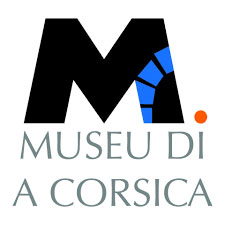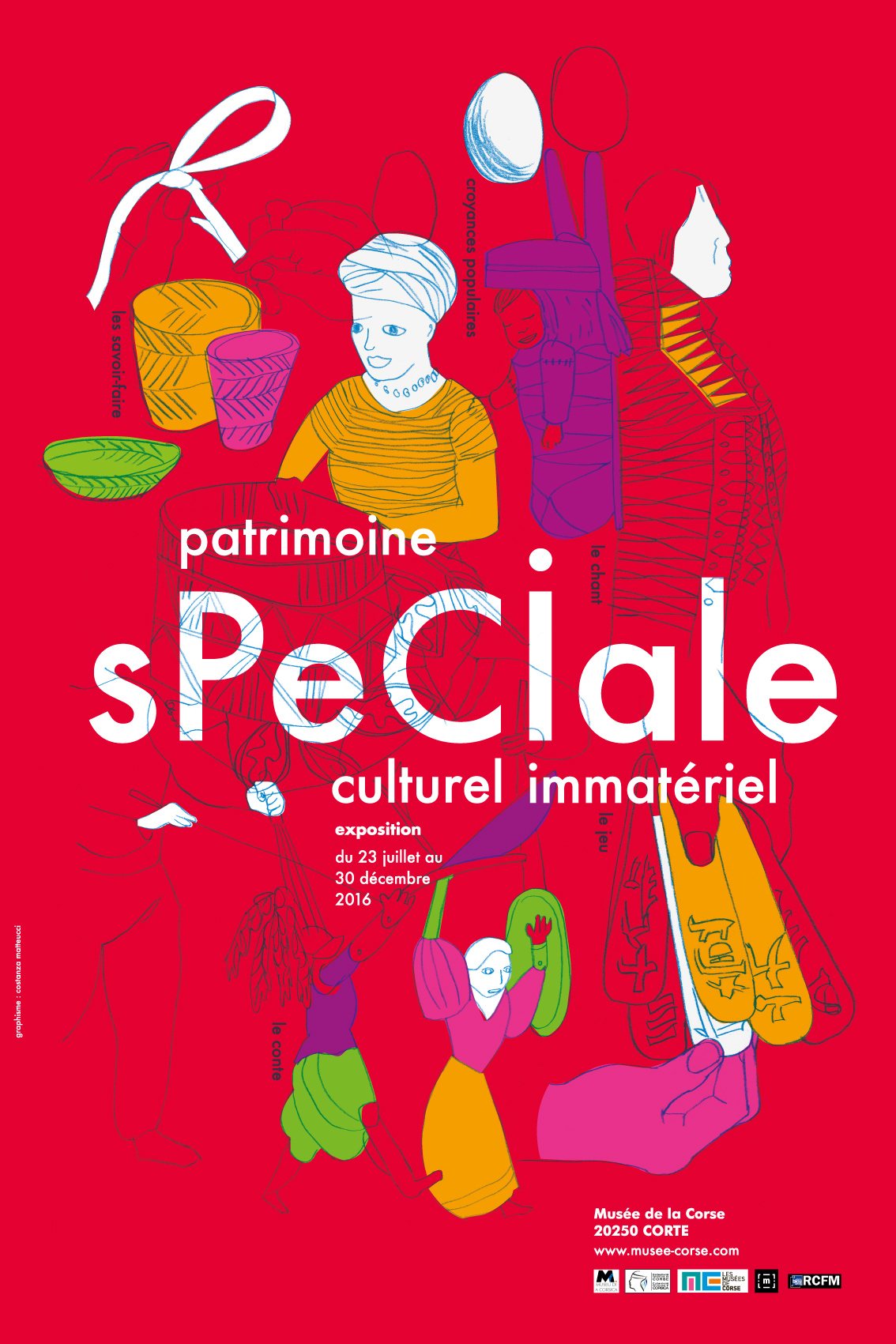This tour for young people, where local and world cultures meet, is offered as a way to raise awareness before visiting the exhibition Living Heritage. To be and to transmit.
CULTURAL HERITAGE
As a preamble to the tour, a wall appears at first glance as a uniform surface. It is by lifting the flaps that the visitor reveals images symbolizing the three dimensions in which man lives: space, time and social links. By choosing to leave some of the flaps open, each visitor composes a portrait of his or her cultural heritage, where places, history and social life blend together to show a part of each person’s identity.
With each new visitor, the wall “changes tone” representing the diversity of the heritage.
But the soul of the people is also expressed in the traditions and living practices that are transmitted from generation to generation, such as storytelling, popular beliefs, games, skills, singing and performing arts.
THE STORY
It always hides human values behind its story. Universal and alive, it is adapted over time and refers to different values according to the times; it becomes a collective memory.
Originally, The Three Little Pigs, an 18th century English tale, conveys the values of effort, courage and merit.
In 1933, Disney Studios evoked the solidarity of Americans [the three little pigs] in the face of the economic crisis [the wolf].
In 1942, Tex Avery valued the resistance of the population [the 3 little pigs] against Hitler the invader [the wolf].
In 2005, in Tarek’s comic strip, there is a Jewish wolf and a Muslim wolf in charge of eating the 3 little pigs. The religious prohibitions will make them pacifists and tolerant.
Listening, manipulation and reading of images make the child aware of this theme.
POPULAR BELIEFS
Man tirelessly seeks to explain the world to reassure himself. When knowledge is incomplete or impossible, popular beliefs sometimes take over. These are transmitted and accepted by the communities as supernatural phenomena to which one confers magical powers, thus perpetuating the tradition.
If the Ascension grass picked before dawn on Ascension Thursday blooms in the house between Saint John’s Day and Saint Anne’s Day, it will protect the household.
The egg laid the same day, collected before sunrise, also has magical virtues. Imputable, it protects from fires, natural disasters and cures the sick.
With the help of magnifying glasses equipped with a red filter, like an explorer, the young visitor goes in search of the eggs hidden in the image in order to discover all its magical virtues.
THE GAME
The game offers a symbolic time-space for learning and respecting the rules of collective life; it allows to experiment the values conveyed by a community.
The traditional games, creations of a culture, are revealing of the social and human histories, that is to say of immaterial heritage. The choice of the game a morra (mourre) marks the belonging to the Mediterranean heritage.
An animated film presents the rules of the game. An area marked out on the ground delimits a duel space that invites young children to learn the morra.
THE SKILLS
Learning skills through transmission preserves craftsmanship in the face of globalization and enhances the diversity of cultural expressions of communities.
On the occasion of the Palm Sunday, the weaving of palms is a moment of conviviality during which the inhabitants and the members of a brotherhood of the same village meet to perpetuate this know-how. During these intergenerational meetings, the elders who carry on the tradition pass on the “secrets of fabrication” to the younger ones.
An open workshop invites people to gather to learn how to weave the small cross of the Holy Week a crucetta.
SINGING
The lullaby, practiced since the dawn of time in all civilizations of the world, is the first love song that a child receives. This “sound comforter”, the cradle of the mother tongue, communicates through its music the history and culture of mankind and creates a link between generations. It encourages the construction of a common history.
A space of rest tenderly cadenced by the lullabies of the world.
LIVE SHOW !
The presence of a theatre-castelet at the end of the exhibition allows visitors who have visited the exhibition to recount their experience and to transmit it….
Project manager : Ann Bilger-Depoorter, in charge of cultural mediation – Museum of Corsica.
Scenography: Inclusit Design
Graphic design : Costanza Matteucci
Realization : Alex Cobas




